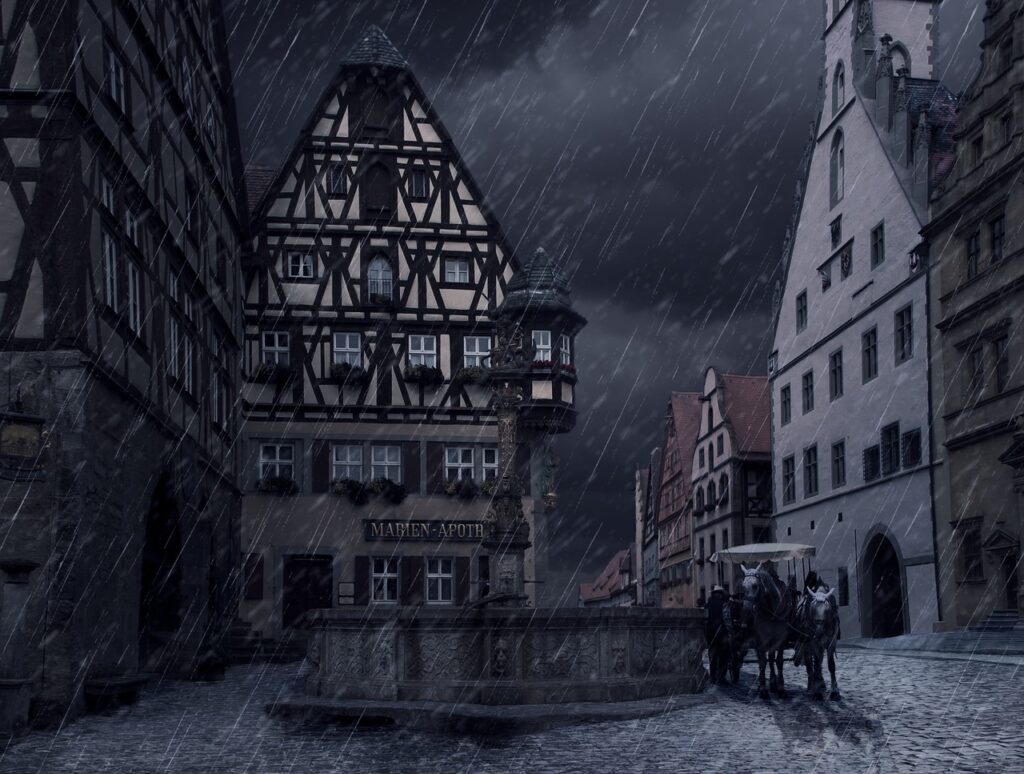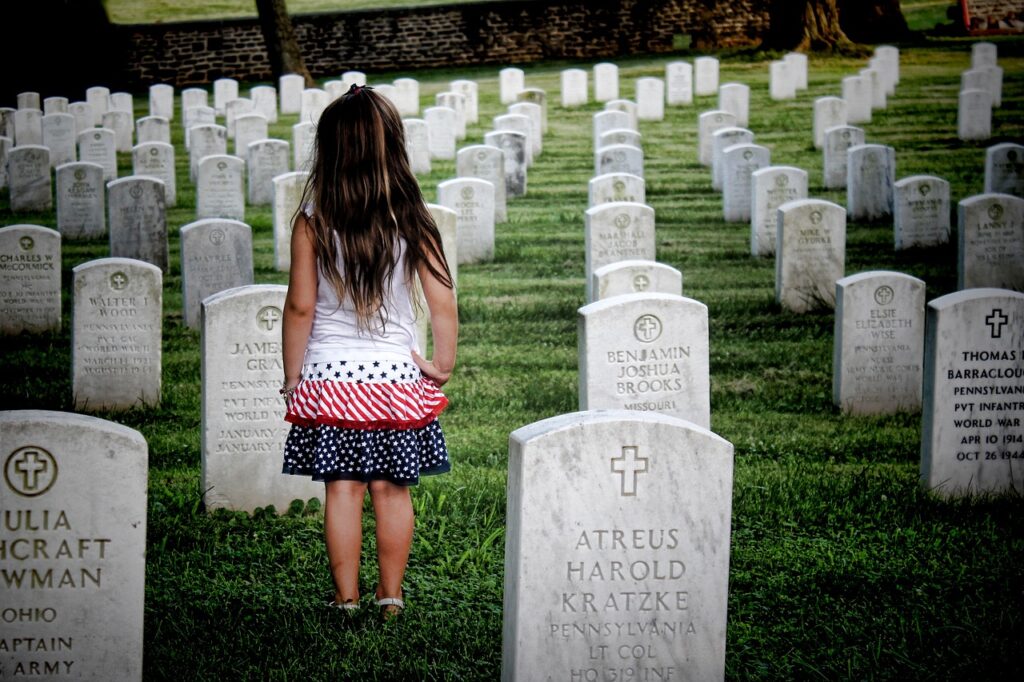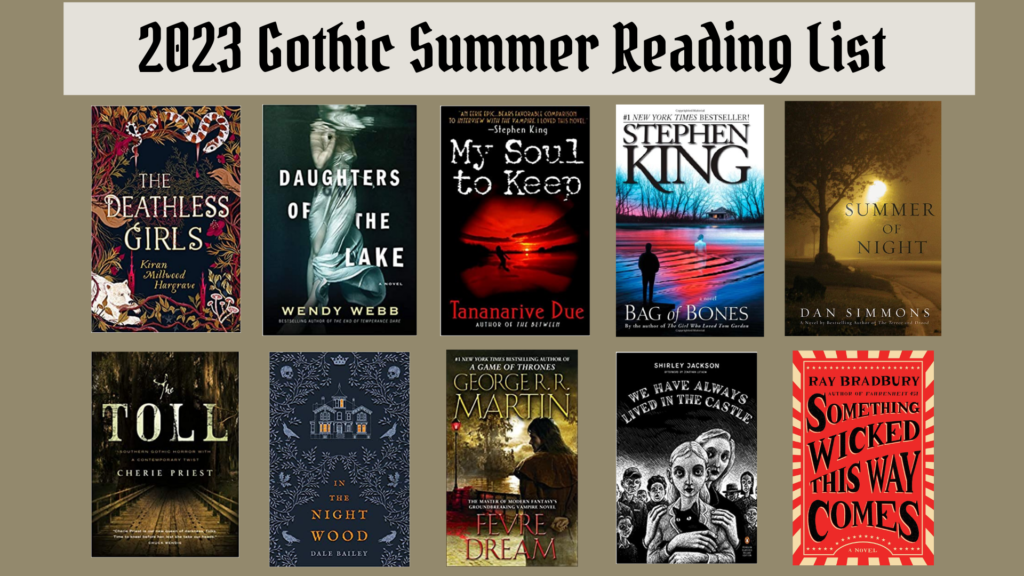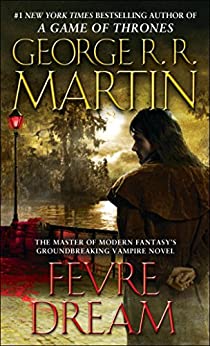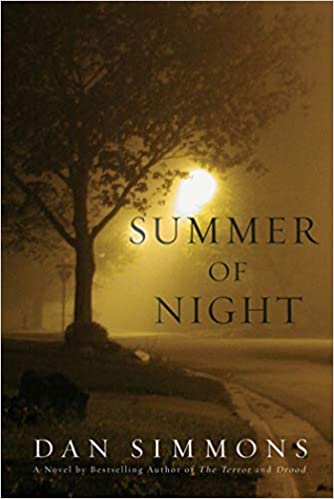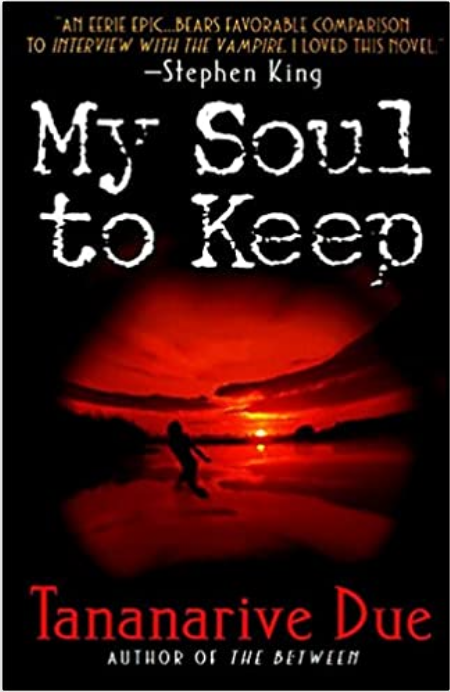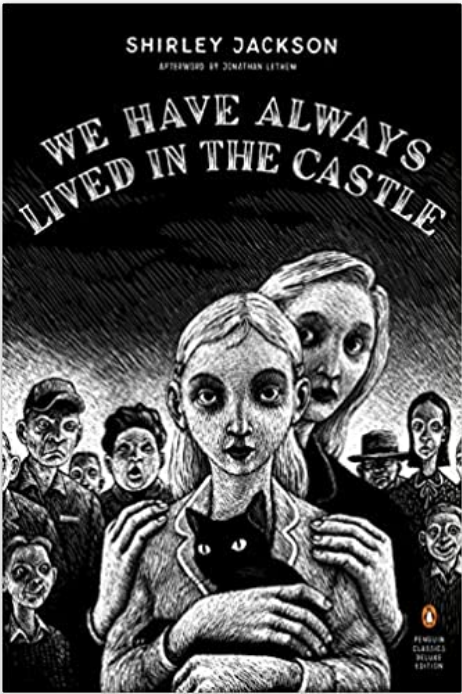Part I: Male Protagonists

We’re goin’ there! The dreaded, dangerous domain in which we dare to parse out differences between the genders in Gothic writing. And there are some distinct ones. I will add a caveat that modern writers are blurring the lines between these more than authors did in the past. In this series of articles we’re going to take a broad look at both historical Gothic and some quasi-contemporary examples and examine the differences between male and female Gothic protagonists.
Not surprisingly, there seem to be fewer male protagonists, at least in my library. In this post, I’ll highlight some of the dominant traits of eight different Gothic male characters and then, after we take a look at the females in post two, we’ll examine the commonalities and differences in our third post.
Frankenstein by Mary Shelley
Victor Frankenstein is the inventor, scientist and creator of the creature that he brings to life by harnessing the power of electricity. Shelley portrays him as single-minded to the point of being obsessive, very intelligent, enterprising, ambitious and arrogant. He refuses to consider the danger of his actions until it’s too late, is stubbornly insistent that he can conquer death, and then must attempt to counteract the terrible consequences of his creation.
The Picture of Dorian Gray by Oscar Wilde
Dorian Gray is a playboy. He has it all – wealth, social connections, and beauty – but it isn’t enough because he’s thoroughly amoral. Completely lacking in any moral convictions. Thus he has to try everything, taste every forbidden fruit, commit every illicit act. There’s nothing he will withhold from himself. His narcissism won’t allow it. Thus, while his face continues to project his physical beauty, his soul – presented to the readers in the portrait Basil paints of him – becomes uglier and uglier.
Salem’s Lot by Stephen King
The star of Salem’s Lot is gentle, compassionate Ben Mears. He’s afraid of the vampire Barlow who has come to Jerusalem’s [‘Salem’s] Lot and his growing horde, but acts courageously in his attempts to warn the people in the town. One of the criticisms of Ben is his lack of flaws. He’s personable, intelligent, put-together, and concerned for others. At the end, he becomes something of a father-figure for young Mark with whom Ben faces down the vampires.
Child of God by Cormac McCarthy
McCarthy’s spare and precise storytelling features, in this case, Lester Ballard, a displaced man in the mountain country of Tennessee in the 1960s. Having lost his home and land, Ballard wanders from abandoned shacks to mountain caves, watching the lives of those who still have a place in society. As he does, his anger consumes him, driving him to become a homicidal monster. But despite his violence and animalistic acts, McCarthy portrays him as something of a childlike man – someone any one of us could become under certain circumstances.
I’ve written a book review of this one in case you’re interested. You can find it here: Child of God.
Let the Right One In by John Ajvide Lindqvist
Oskar is a twelve-year old victim of bullying who lives in a newer housing development in a suburb of Stockholm. His inability to change his circumstances leaves him frustrated and angry, given to lying and theft, and entertaining thoughts of violence. It’s fitting then that he soon befriends a vampire, Eli, whom he believes is a young girl. Oskar’s development leads him, not to health and wholeness, but rather to greater acts of violence and destruction. In the end though, it’s only through his friendship with Eli that he survives.
Fevre Dream by George R.R. Martin
Martin’s vampire tale tells the story of Abner Marsh, a steamboat captain on the Mississippi River in the mid-1800s. Marsh is struggling financially and is ripe for the plans of an elegant vampire, Joshua, who offers to buy the business and engage Marsh as his captain. Abner is stubborn, ill-tempered, and both awkward and unattractive, especially in comparison with the many vampires in the novel. However, he’s also loyal and surprisingly intellectually adept (particularly his memory). Those traits, combined with his stubbornness make him a relentless adversary for the antagonist, the vampire bloodmaster Damon Julian.
Something Wicked This Way Comes by Ray Bradbury
Bradbury’s gothic tale has three main characters, each of them male. There are two young boys, William Halloway and Jim Nightshade, along with Will’s father, Charles. These three are pitted against a strange carnival that comes to town in October, led by an evil ringmaster by the name, Mr. Dark.
To describe very rich characters very succinctly: William is righteous, holy as his name would suggest. He wants to do what is wise, fears evil, and cares about protecting others. His friend, Jim, is the one who wants to age prematurely, wants to sample the things that are forbidden him. He’s impetuous, foolhardy, and selfish. Will’s father Charles is a kind janitor, but he’s afraid. Afraid of the theme of the book: aging and death, the something wicked that comes to us all. Initially, he lacks his son’s courage and has become oppressed by the thought of his own mortality. However, he’s virtuous and finds his strength in the end.
I’ve written a book review of this one as well. You can find it here: Something Wicked This Way Comes.
The Vampire Lestat by Anne Rice
In Interview With the Vampire, Lestat de Lioncourt played a distinctly villainous role, constantly thwarting Louis’s desire to understand his new life as a vampire and to find a sense of family (Claudia) and belonging. But, whether you loved him or hated him, you were probably surprised if you picked up the second book, The Vampire Lestat.
Yes, he’s still braggadocious in his newfound role as a rock musician, constantly flaunting his true [dark] nature while seeking the fame and prestige of a public figure. He’s still self-centered and reckless. But he has a backstory. He has a mother – something we’re inclined to forget in the lives of vampires. He’s willing to do whatever he has to do – boldly, fiercely – in order to protect her and anyone else he loves. And he’s hellbent on discovering his origins as a vampire and the sense of belonging and purpose he believes it will offer him.
Conclusion
It was extremely eye-opening to pull together all of these characters in one snapshot (especially alongside the female ones you’ll see in the next post). There are some strong commonalities here: stubbornness, courage, unrelenting determination, arrogance, ambitiousness, intelligence and a tendency towards violence. Thus, as different as these characters are, they have much in common.
Stay tuned for the next post in which we examine the female characters and some of the very surprising ways authors have represented them!
If you enjoyed this post, share it with your friends!











